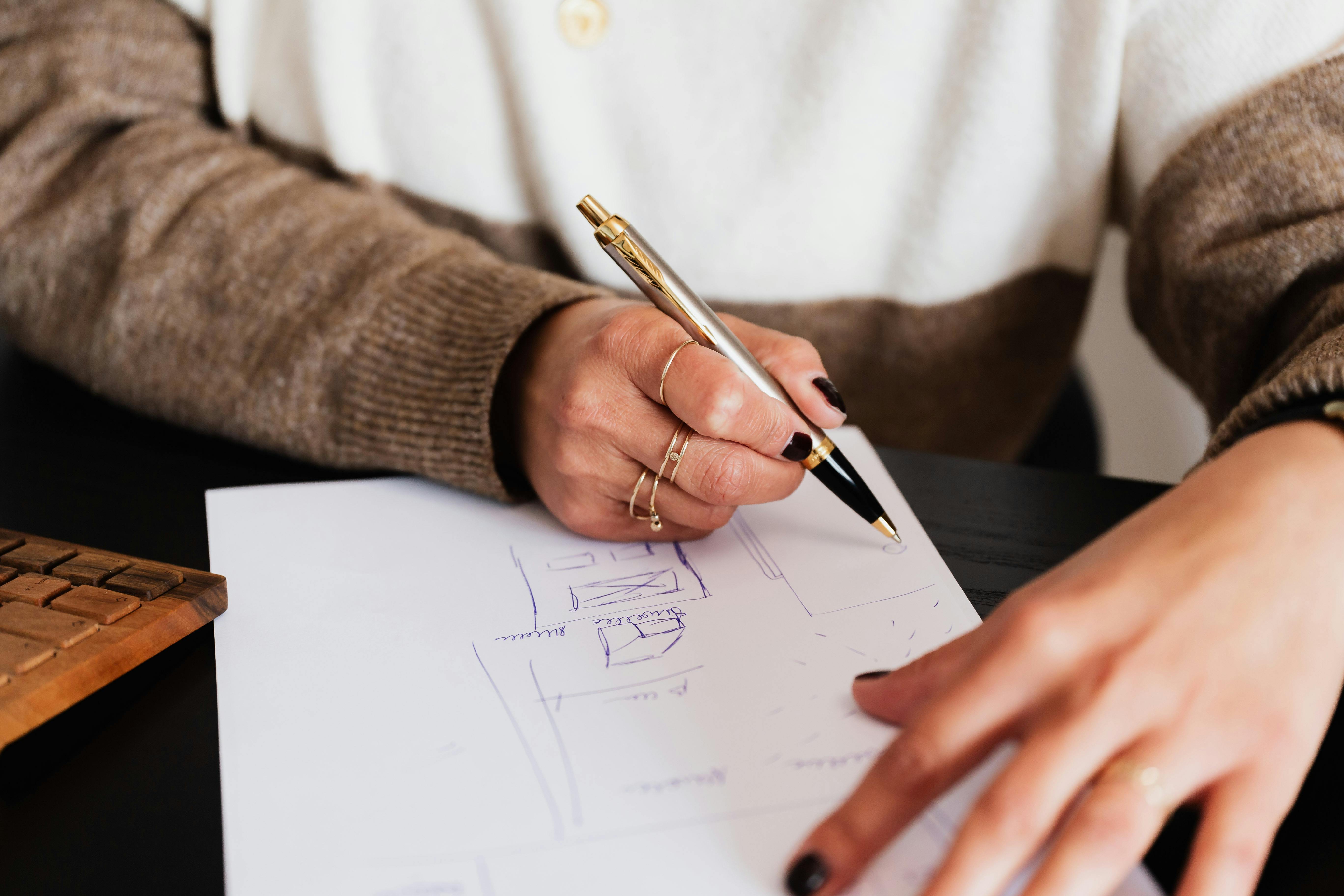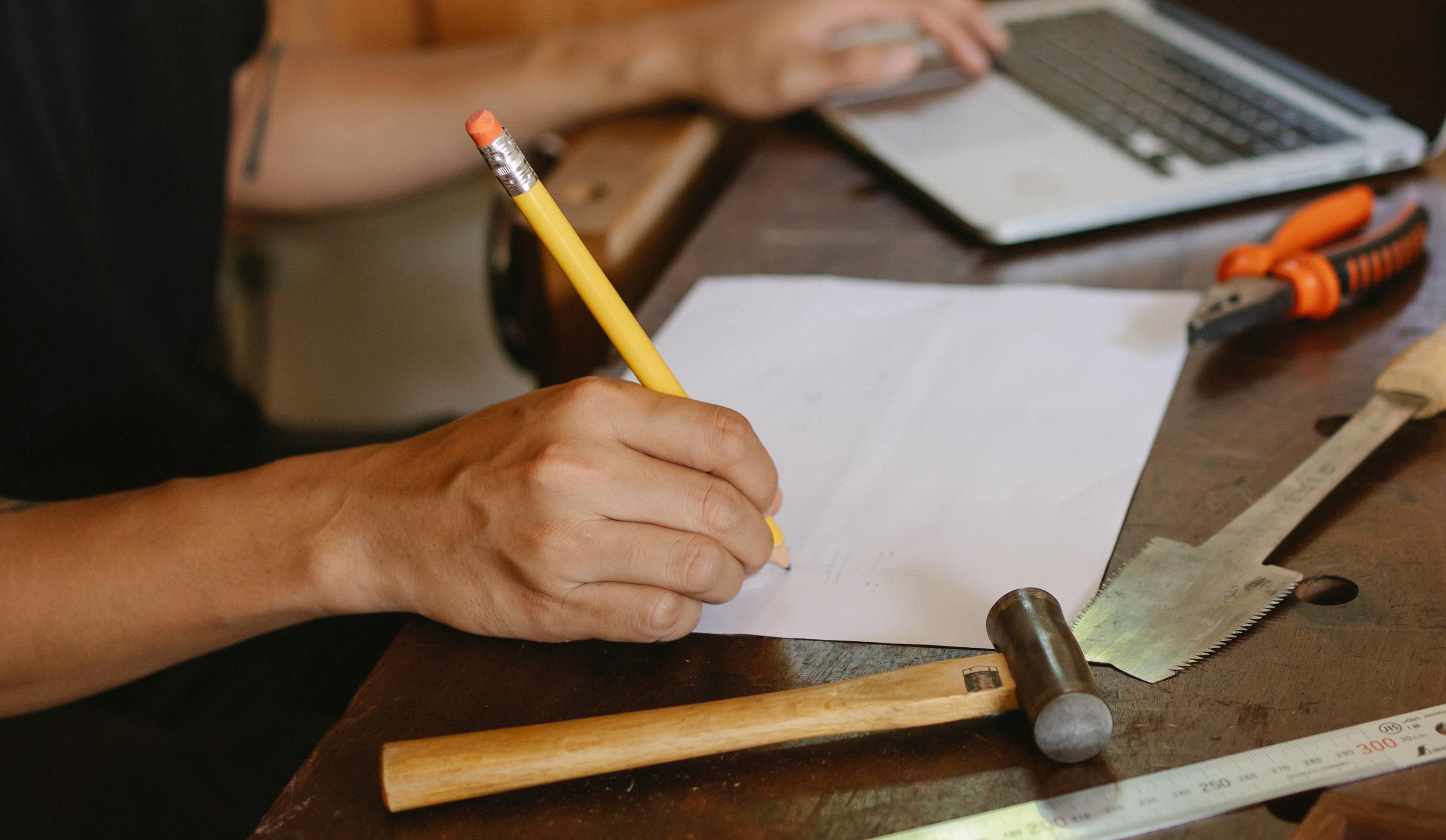The dental industry has come a long way since its inception.
Dental technology has advanced at an accelerating rate to the point where many more dental treatment options are available.
New technology has made dental procedures faster, less painful, and more accurate to diagnose and test. Technology has also made dental care safer for the body.
One piece of equipment that has truly transformed the dental industry is the CEREC machine. CEREC stands for Economic Restoration in Aesthetic Ceramic Chair or CERAMIC RECONSTRUCTION. CEREC uses CAD / CAM (Computer Aided Design and Manufacturing) to produce dental crowns, inlays, onlays and veneers.
The creators of CEREC were W. Mormann and M. Brandestini of the University of Zurich, who made the first dental restorations from the equipment in 1980. The first ceramic dental restorations with CEREC technology were used for the first time in patients in 1985.
Ceramic dental restorations are produced directly at the point of treatment (in the office), allowing for faster and more convenient dental treatment.
How CEREC works
CEREC uses a variety of modern imaging and scanning techniques including visible light scanning, CT scans and digital radiographs, computer-aided design, 3D imaging, and restoration fabrication using CNC milling and 3D printing.
To carry out all these steps in the dentist’s office, in the office, the dentist needs an imaging unit with an intraoral camera, the corresponding design software, and a milling machine or printer. If the dentist does not have a milling unit in his office, he can send the data in a digital file to the dental laboratory through an online portal. The laboratory designs and manufactures the restorations according to the dentist’s prescription and then ships the finished restorations to the dentist’s office. Approximately 38,000 dentists worldwide use the CEREC method and therefore produce about 6.9 million restorations each year (as of October 2013)
Profits
CEREC technology enables the production and integration of ceramic restorations in one appointment. Unlike other materials such as amalgam or gold, ceramic is more biocompatible and has physical and aesthetic qualities similar to those of teeth. Additionally, digital impressions are more comfortable for patients than traditional impressions.
By further developing the process, it was possible to reduce the amount of follow-up work and occlusion adjustment. According to studies, the ten-year service life of CEREC inlays polished and milled with the help of a computer is significantly longer than that of gold inlays, and also exceeds that of individually laboratory-made ceramic inlays. Other clinical studies have reported that the success rate for CEREC restorations is 95.5 percent after a nine-year period and 84 percent after 18 years.
Other potential applications
In combination with 3D X-ray technology, it is also possible to use CEREC for implants since 2009. The dentist can combine CEREC-based CAD / CAM planning with 3D X-ray data to coordinate the planning of prosthetic and surgical implants. Based on this so-called integrated implantology, the dentist can order the drilling templates from the drilling template manufacturer SiCat or, if they have their own milling machine, produce them on their own in the office with CEREC Guide. In addition, CEREC has expanded into the orthodontic market with a special software package that creates a virtual patient for orthodontic treatment planning.



